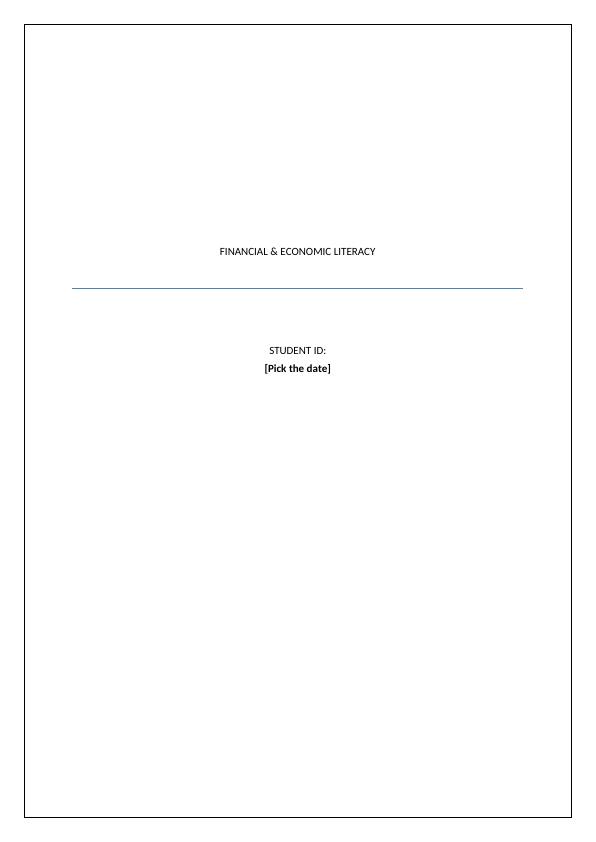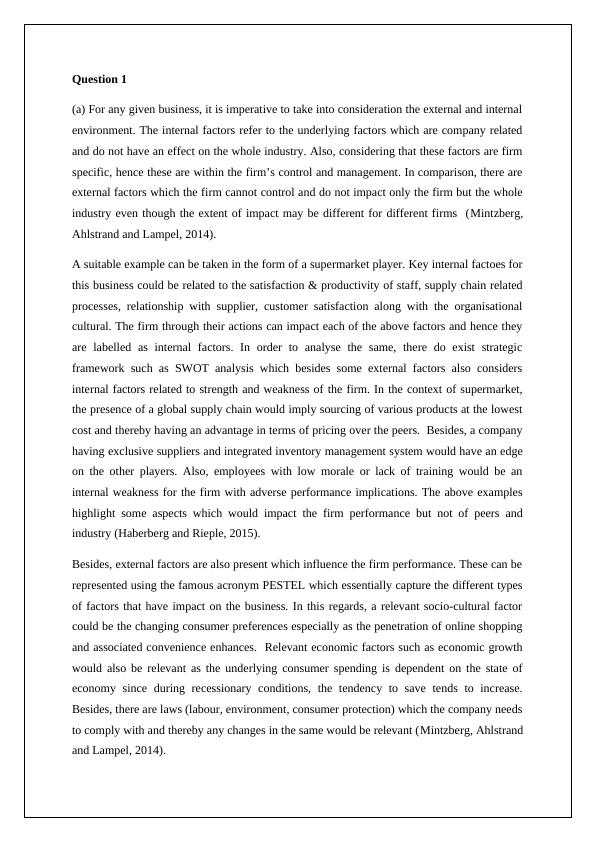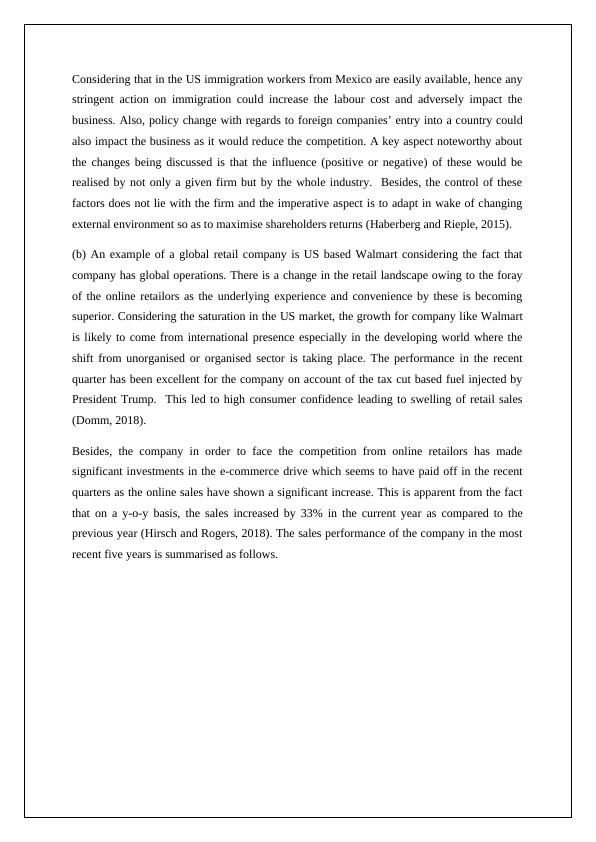Internal and External Factors Affecting Business Performance
Explain the principles of business and financial economics in an international context, identify and explain the impact of governmental, monetary and economic policy on decision making in a business context, describe and apply macro and micro concepts and models to business decision making, interpret financial information and apply to decision making within a business context, discuss the rationale and impact of decisions for business strategies to users and stakeholders, examine and discuss the relationship between theory, application in business and financial economics in an international context.
Added on 2023-05-30
About This Document
Internal and External Factors Affecting Business Performance
Explain the principles of business and financial economics in an international context, identify and explain the impact of governmental, monetary and economic policy on decision making in a business context, describe and apply macro and micro concepts and models to business decision making, interpret financial information and apply to decision making within a business context, discuss the rationale and impact of decisions for business strategies to users and stakeholders, examine and discuss the relationship between theory, application in business and financial economics in an international context.
Added on 2023-05-30
End of preview
Want to access all the pages? Upload your documents or become a member.



